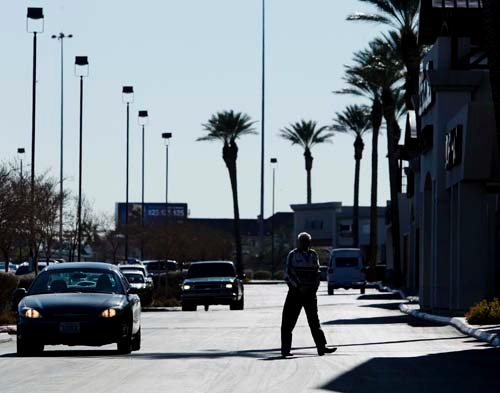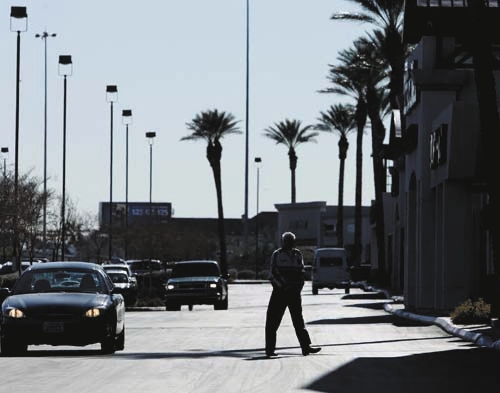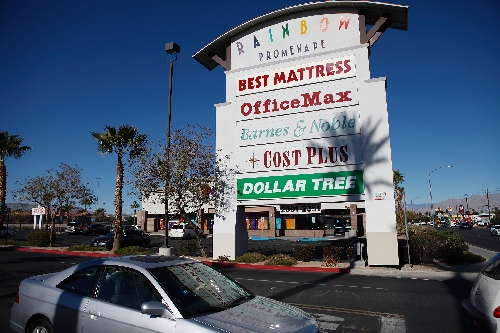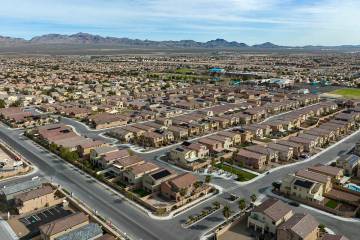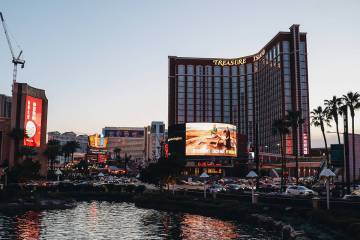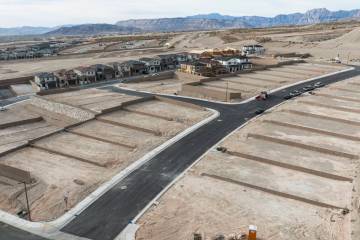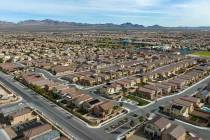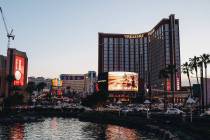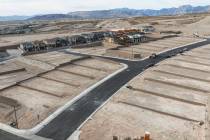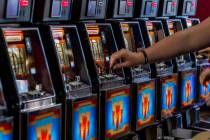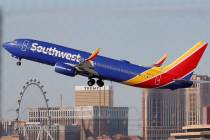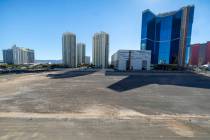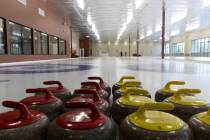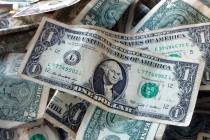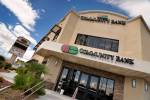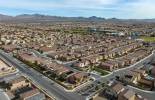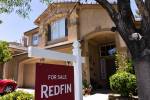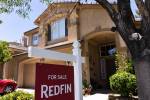Las Vegas sees $120 million in commercial loans go into default
Las Vegas saw more than $120 million in commercial loans go into default in November, including the Rainbow Promenade shopping center at 2051 N. Rainbow Blvd., according to a report from Nevada Title Co. JP Morgan is the original beneficiary of the $37.9 million loan.
Borrowers are struggling to pay off debt on properties with depressed values and high vacancy.
Hayim Mizrachi, managing director of NAI Global brokerage in Las Vegas, said about 65 percent of his sales in 2012 were by banks and receivers in charge of properties in default.
Commercial defaults took down a few properties in Las Vegas, but the wave that some analysts predicted would "dwarf" residential foreclosures never materialized, Mizrachi said.
His biggest problem is lack of inventory, not a wave of commercial foreclosures, he said. If a good asset comes to market, it gets purchased.
"I think the biggest difference with housing and commercial is the nature of the borrower," the commercial broker said. "That is where the default starts. It's far less punishing to a homeowner to walk away from a mortgage."
Many Las Vegas homeowners were so highly leveraged they had little to lose in a foreclosure, legitimizing the "strategic default," he said. They could live in the home without paying mortgage for a year or two and take a ding on their credit while saving for a down payment on another home.
It makes business sense to let a home go to foreclosure, setting off the wave, Mizrachi said.
"Commercial doesn't operate exactly that way. Commercial borrowers are business owners and investors. If you're a business owner that bought a building, you most likely went in with some (cash) consideration and you most likely have a personal business credit. A bank is less likely to grant a short sale and you would fight to keep your property or investment," he said.
The delinquency rate for commercial mortgages remained unchanged at 9.71 percent in December, regaining some stability after reaching an all-time high of 10.34 percent in July, Trepp analytics firm reported. Loans that became 30 days delinquent in December totaled $3.2 billion, down from $3.7 billion in the previous month, according to Trepp, provider of commercial real estate and banking information.
While there were fewer new delinquencies in December, delinquent loans resolved with losses also decreased to just over $1.1 billion, Trepp reported.
It's more difficult for banks to foreclose on commercial properties than houses, said John Restrepo, principal of RCG Economics in Las Vegas. It's harder to sell commercial properties. The buyer pool is much larger on the residential side, he said.
"If a bank takes over an office building, what are they going to do? They've got to find tenants. They've got to manage it. So banks are more willing to work with commercial borrowers," Restrepo said. "Banks didn't panic. On top of that, the job market continues to moderately improve."
He cited statistics from the Mortgage Bankers Association that showed commercial delinquency increasing from 2008 through 2011, then stabilizing in 2012.
Among major property types, office was the only segment to see higher delinquency in December, according to Trepp. Loans backed by offices saw their rate jump 29 basis points to 10.66 percent. This weakness was enough to offset gains in other major property types.
Las Vegas commercial property owners who went into default in November included Snmark LLC on $14 million from Artesia Mortgage Capital for retail and vacant land at 1080 Sunset Road; EJ Financial Enterprises on $12.5 million from UBS Real Estate Securites for retail property at 7680 Las Vegas Blvd. South; and Barclay Las Vegas for $12.3 million from Greenwich Capital for professional building at 325 Warm Springs Road.
Contact reporter Hubble Smith at hsmith@reviewjournal.com or 702-383-0491.



